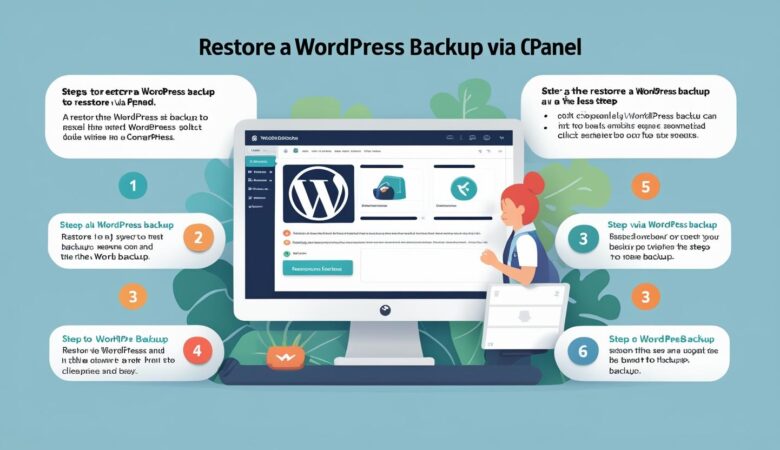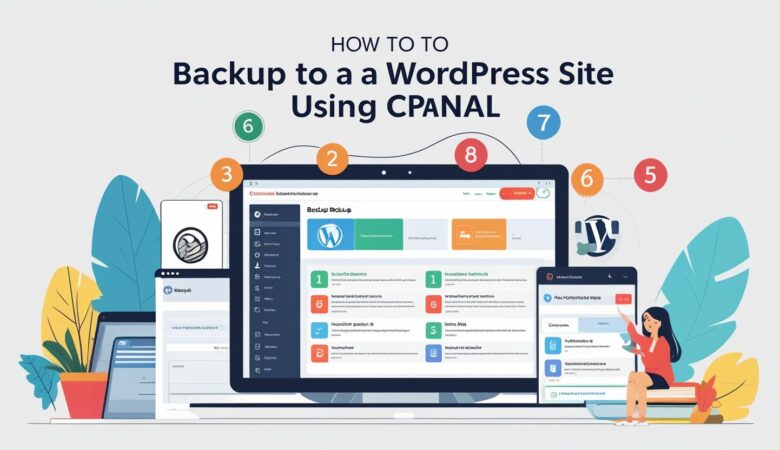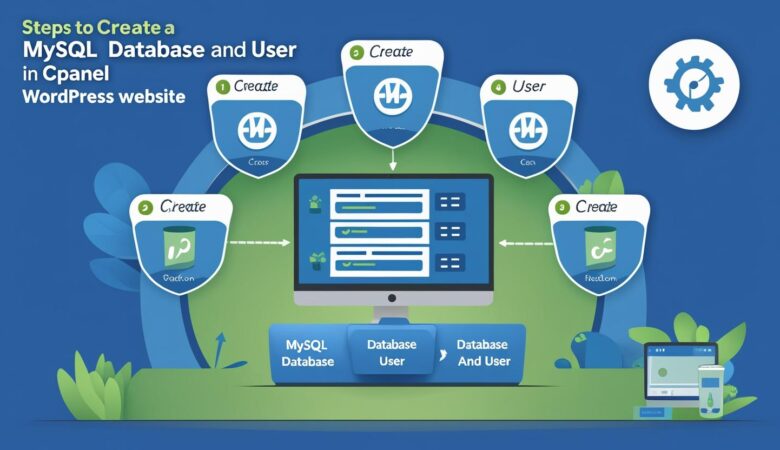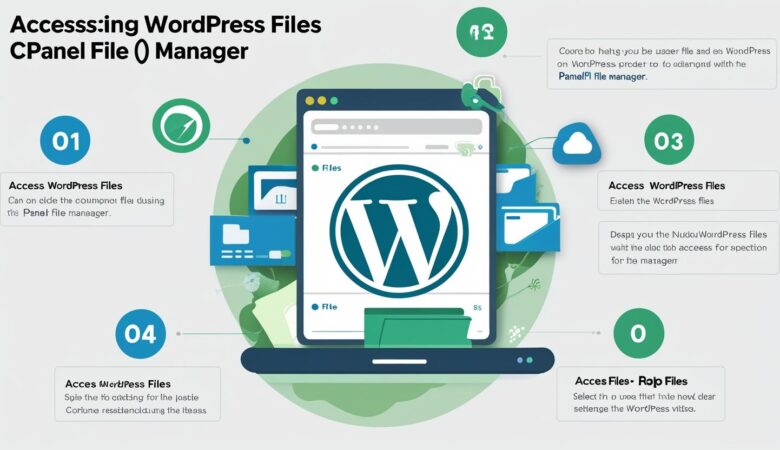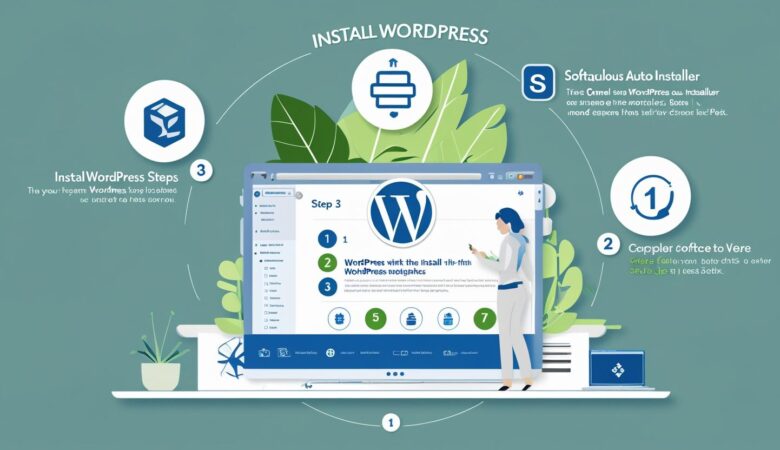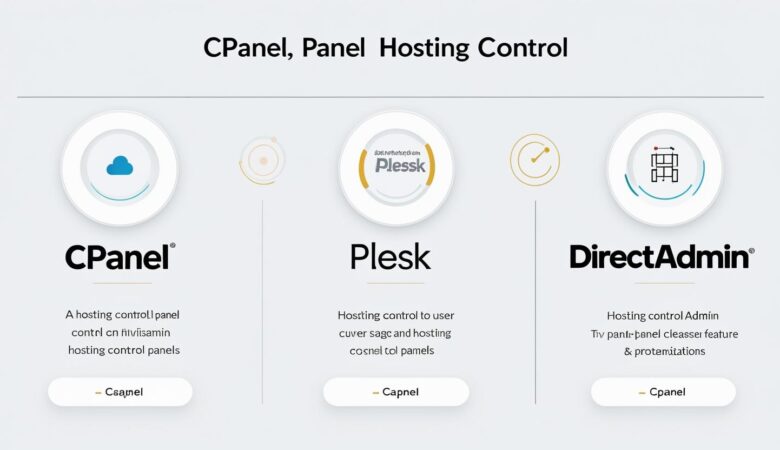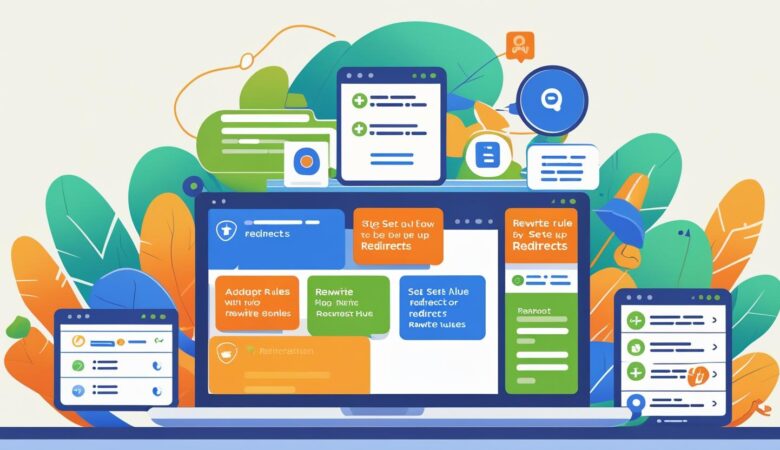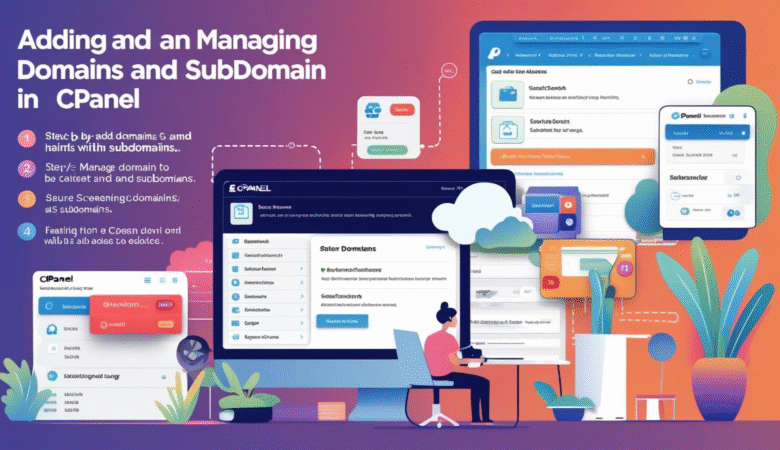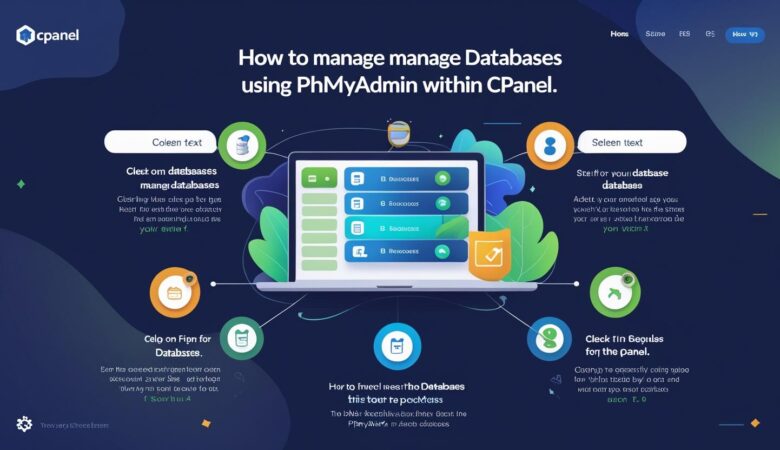How to Restore a WordPress Backup via cPanel
May 25, 2025How to Restore a WordPress Backup via cPanel Restoring your WordPress website from a backup is crucial in case of accidental data loss, hacking, or errors. This guide walks you through restoring your WordPress files and database using cPanel. What You Need Before Starting A full or partial backup of your WordPress website files (usually a .zip or .tar.gz file). A backup of your WordPress MySQL database (.sql file). Access to your cPanel account credentials. Step 1: Log into Your cPanel Account Go to https://yourdomain.com/cpanel and enter your username and password to access the cPanel dashboard. Step 2: Restore Website Files Using File Manager Navigate to File Manager under the Files section. Go to your WordPress root directory, typically public_html or a subfolder if WordPress is installed there. If restoring completely, consider deleting existing files or move them to a backup folder to avoid conflicts. Click the Upload button and upload your backup archive (ZIP or TAR file) containing your website files. Once uploaded, select the archive file and click Extract to unpack the files into the root directory. Step 3: Restore Your WordPress Database Go back to the cPanel main dashboard. Scroll down to the Databases section and open phpMyAdmin. Select the database used by your WordPress site from the left sidebar. If you do not have a database, create one via the MySQL® Databases section. Before importing, you may want to clear existing tables by selecting all and choosing Drop. Click the Import tab at the top. Click Choose File, select your database backup (.sql file), and click Go to start the import. The database import process might take a few moments depending on the file size. Step 4: Verify Your Website After restoring files and database, visit your website to check if everything is working properly. If you encounter errors, double-check your wp-config.php file for correct database credentials. Tips for a Smooth Restore Always keep multiple backup copies in different locations. Restore your site during low-traffic hours to avoid downtime impact. If unsure, consult your hosting provider’s support team for assistance. Restoring your WordPress site via cPanel is straightforward when you have the right backups. Regular backups and timely restores can save you from losing valuable data.
